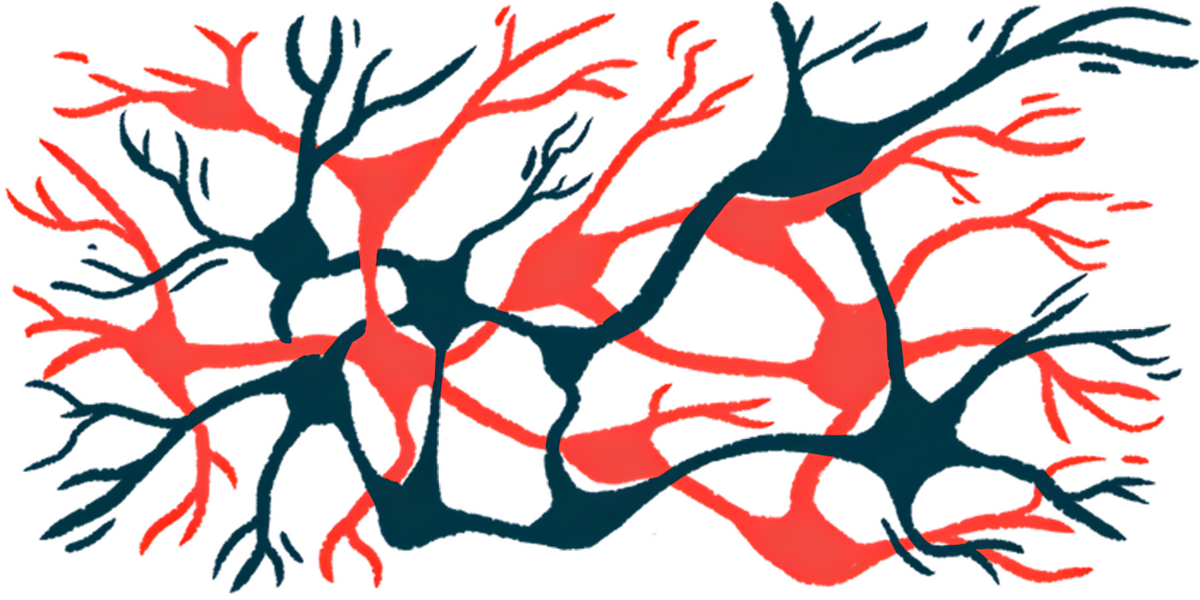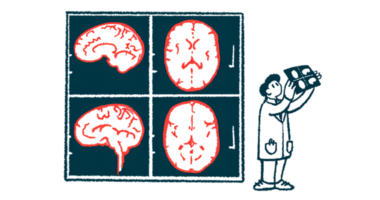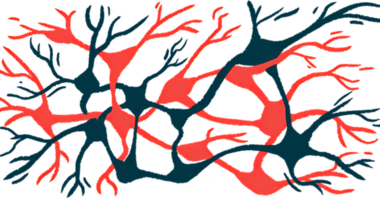Study reinforces inflammation’s role in Parkinson’s development
Zyversa says results add to evidence of IC 100's potential as DMT

Microglia-driven inflammation plays an early, key role in the development of neurodegenerative diseases, including Parkinson’s disease, by contributing to the spread of abnormal protein clumps in the brain.
That’s according to study results published by a team of South Korean researchers and highlighted by Zyversa Therapeutics, which recently published data showing IC 100, its experimental therapy for Parkinson’s, prevented the activation of inflammatory pathways in microglia.
Microglia are the resident immune cells in the brain, playing a critical role in immune surveillance and inflammation. Their dysregulation and resultant neuroinflammation are recognized as contributing to the development of neurodegenerative diseases, including Parkinson’s.
“Together, results from the two studies strengthen the evidence that IC 100 has the potential to become a disease-modifying therapy for [Parkinson’s disease],” Stephen C. Glover, Zyversa’s co-founder, chairman, CEO, and president, said in a company press release. “We are preparing to initiate proof-of-concept studies in [Parkinson’s] animal models later this year.”
The study, “Microglia-driven inflammation induces progressive tauopathies and synucleinopathies,” was published in Experimental & Molecular Medicine.
Protein clumps and Parkinson’s development
Parkinson’s is caused by the dysfunction and loss of dopaminergic neurons, the nerve cells that produce dopamine, a chemical messenger in the brain that plays a key role in motor control, particularly in the substantia nigra. What exactly triggers neuron damage is not fully known, but the accumulation of abnormal protein clumps, mainly composed of alpha-synuclein, are thought to play a role in addition to neuroinflammation.
Zyversa has previously shown that blocking the inflammatory protein ASC with IC 100 prevented the activation of the inflammasome in microglia. Inflammasomes are multi-protein complexes believed to be implicated in the chronic inflammation that drives Parkinson’s.
“Our recent data demonstrated that IC 100 reduced microglial inflammation by inhibiting NLRP1 inflammasome activation and it improved clearance of toxic phosphorylated alpha synuclein,” Glover said.
Researchers at Seoul National University observed that microglia cells exposed to alpha-synuclein become activated, meaning they acquire distinct types of inflammatory responses. When analyzing gene expression patterns, the researchers observed elevated levels of inflammatory genes and genes associated with the inflammasome pathway. Gene expression refers to how a gene’s instructions are used to make a final product, like protein.
In mouse experiments, when activated microglia cells were transplanted into the striatum, a brain region involved in motor control, researchers observed an abnormal accumulation of alpha-synuclein clumps. These effects extended to other brain regions distant from the injection site, reaching dopaminergic neurons in the substantia nigra after four weeks.
Activated microglia induced gliosis — an increase in the number of microglia and astrocytes, cells that provide support to neurons — and neuroinflammation. Similar results were seen when microglia were activated by tau, a protein that forms toxic clumps in people with Alzheimer’s disease, another neurodegenerative disease.
The researchers also assessed the impact of activated microglia injection on the mice’s motor and cognitive abilities. As early as four weeks after injection, mice had significant decreases in motor function, including balance and limb strength issues, and they exhibited a decrease in cognitive functions after six weeks.
The mice also had significant decreases in dopaminergic neurons in the substantia nigra, indicating neuronal degeneration.
“Overall, our findings demonstrate that microglia activated by [alpha-synuclein] cause widespread damage in the mouse brain, leading to the accumulation and propagation of [disease-causing] proteins, induction of gliosis and neuroinflammation, and motor and cognitive dysfunction,” the researchers wrote.







